Dream Journal: Free Printable to Start Tracking Your Dreams in 2025
Do you ever wake up and wonder what your dreams are trying to tell you? You’re not alone. That’s why I created a dream journal to help track your dreams. Keep reading to learn more and grab your 5-page free printable dream journal today!
I may earn a small commission for affiliate links in this post at no extra cost to you. Please read my privacy policy and privacy page for more information. As an Amazon Associate, I earn from qualifying purchases.
Dreams are more than just stories we experience while sleeping—they can be powerful reflections of our thoughts, feelings, and even our daily habits.
By writing them down, you can start to notice patterns, uncover hidden emotions, and even improve your sleep quality.
A dream journal is one of the best tools to connect your dreams with your overall well-being.
Whether you’re curious about recurring themes, hoping to spark creativity, or simply want to improve your sleep routine, journaling is a simple yet effective way to start.
That’s why I’m so excited to share this free 5-page printable dream journal with you.
It includes sections for recording your dreams, reflecting on their meaning, jotting down notes, and more.
It’s designed to make dream journaling easy, fun, and meaningful—whether you’re brand-new to the idea or already love exploring your dreams.
Keep reading to learn why dream journaling can improve both your sleep habits and your self-awareness—and don’t forget to grab your free printable at the end of this post!
Why Use a 5-Page Free Printable Dream Journal?
If you’ve ever scribbled a dream on a scrap of paper, only to lose the details by breakfast (me, too!), you’ll understand why structure matters.
That’s why I created a ready-to-go, multi-page printable that brings a sense of order to the swirl of dream memories.
This printable invites you to catch more of what matters in your dreams before it all slips away.
The 5-page setup is more than just a template.
It’s your quiet nudge to go a step deeper, helping you organize, remember, and gently explore each story your mind serves up at night.
Capturing the Details: Why Structure Makes a Difference
Have you ever found your dreams to be slippery? Me, too!
One minute you remember every color and feeling, then—poof—they fade.
When you use a journal that is designed just for dreams, you have space to:
- Record the dream scene, actions, and characters without scrunching writing into a tight corner
- Note emotions and thoughts right as you wake up
- Jot follow-up thoughts or realizations later in the day
The extra pages help you break your experience into understandable pieces.
You can return to a dream later and still make sense of it.
With this setup, even a busy morning feels less rushed.
Five Pages: Enough Room for Real Reflection
A five-page format gives you breathing room.
Instead of cramming all your ideas onto one page, you can use:
- A full page just for describing your dream
- A separate space for writing how the dream made you feel
- A spot to list symbols, images, or things that stood out
- An area for tying the dream to current stressors or events in your life
- One last page for extra notes, doodles, or recurring patterns
This keeps things simple, but not too simple.
You aren’t left juggling loose ends.
You might even find yourself making connections that you would have missed if everything were squeezed together.
Encouraging Consistency (and a Little Fun)
If you know you have plenty of space each morning, you’re more likely to keep up the habit.
The printable format also lets you:
- Start fresh each time, without worrying about running out of pages
- Add to the journal as you go—print new pages whenever you need them
- Make it personal by highlighting, drawing, or adding color
Consistency is much easier when your journal feels inviting.
The clarity of the layout makes it less intimidating, especially for those bleary-eyed mornings.
Helping You Notice Patterns Over Time
With a multi-page format, you don’t just capture more—you start to spot themes.
When each dream gets room to breathe, you find:
- Repeated places, people, or actions
- Moods that pop up again and again
- Links between dream symbols and daily life
Add each day into a binder, and it’s like slowly building a library of your own nighttime stories.
After a few weeks, you might be amazed at what repeats or changes.
Sometimes, the act of flipping through your filled pages points to answers you didn’t know you had.
Making Dream Reflection Feel Manageable
Journaling shouldn’t feel like homework.
A guided, multi-page printable gives you just enough structure to make things easy—without boxing you in.
Your thoughts get space, your dreams get noticed, and the daily practice soon becomes a gentle ritual.
If you’ve ever wanted to really “see” what your mind is up to at night, this kind of printable is a friendly place to begin.
How to Use a Dream Journal
Once you’ve got your free printable dream journal in hand, maybe with fresh sheets and an open mind.
Now what?
The pages are waiting for your stories, but building a real habit means sliding this new tool right into your daily routine.
Think of it as your morning sidekick, offering a gentle point of focus before the rush of the day creeps in.
Here’s how to make the most of each page, remember more of your dreams, and turn journaling into something you actually look forward to doing.
Making Your Morning Routine Dream-Friendly
The best way to remember your dreams is to write them down as soon as you open your eyes.
Let your journal live on your nightstand with a pen nearby.
This keeps the process as easy as a reach and a scribble—not a morning scavenger hunt for paper.
Set a gentle alarm or use a lamp with soft light.
Jarring wake-ups tend to push dreams out of your head.
If you wake slowly and keep your eyes closed for a moment, you’re more likely to hang onto those wispy details just long enough to capture them.
Here’s a simple routine that works for some people:
- Wake up and avoid reaching for your phone or talking right away.
- Lie still for a moment and replay any dream scenes in your mind.
- Grab your journal and start writing, even if the memory feels cloudy.
- Fill each section (description, feelings, symbols, life ties, notes, or sketches).
- Don’t worry about grammar or order—messy notes are fine.
Small choices add up.
When you use these quiet moments to write, you signal to yourself that dreams matter.
Tips for Remembering Your Dreams
Some mornings, nothing sticks—but that doesn’t mean your dream life is empty.
There are ways to bring more of those stories back with you every day.
Try out a few of these ideas and see which makes you feel most awake to your own inner world:
- Tell yourself before sleep, “I want to remember my dreams.” Sometimes a simple intention works wonders.
- Stick to a regular sleep schedule. When your mind knows what to expect, it’s easier to recall dreams.
- Avoid screens, caffeine, and big meals just before bed.
- If you wake up in the middle of the night, jot down quick notes right then. Even a few words can bring a dream back in the morning.
- Notice feelings or moods as you wake up. Sometimes emotions stick even when details fade.
Don’t get frustrated if things seem blank at first.
Remembering dreams is like catching fish with bare hands—at first they slip away, but over time you spot patterns, and the “catch” becomes easier.
Best Practices for Effective Dream Journaling
It’s easy to look at blank pages and feel pressure to produce something profound.
The key? Drop the idea of perfection.
Your journal is for you, not for anyone else.
Its purpose is to help you notice, not to impress.
Here’s what works for many people:
- Write first, analyze later. Get as much as you can down before you start digging for meanings or patterns.
- Use “I felt,” “I saw,” or “I heard” statements. This keeps your focus on the experience, not what you think it should mean.
- Don’t skip “small” dreams. These dreams may hold hidden value.
- Sketch. Adding shapes, maps, faces, or even random marks on the notes page, or even a quick doodle, sometimes holds more than words.
- Review old entries every week. Circle repeated symbols or highlight strong feelings. Over time, connections might jump out at you.
If you get stuck, use a prompt or question from the list below:
- What colors were most vivid?
- Did anyone familiar show up?
- Did the mood shift suddenly?
- Was there a moment that felt more real than the rest?
You set the tone—messy, creative, playful, thoughtful.
All styles are right as long as they help you see more of your sleeping self.
Keeping It Enjoyable and Consistent
Consistency wins over perfection.
Enjoy the process by letting the journal become a friendly morning activity, rather than another box to check off.
Decorate the cover, use colored pens, or add little stickers to reward yourself for showing up.
If you miss a morning or forget a detail, just begin again the next day.
You’re not just writing dreams—you’re creating a quiet, private space that’s yours alone.
Inside the 5 Pages: Explore Each Dream Journal Section
A blank page can sometimes feel too big or too small.
Too big when you’re not sure what to write, too small when your head is full of wild dreams.
That’s why breaking the journal into five pages just makes sense.
Each section gives you room to catch a different bit of your night.
As you peek inside each page, you’ll see how these small spots mix together to give your dreams a proper home.
Dream Description Page
Start here as soon as you wake up—the details are freshest right now.
This page is like a snapshot of your nighttime story, letting you get specific.
Don’t worry about making it pretty or perfect.
The point is to hold on to as much as you can before it slips away.
- Date: Mark down when you had the dream. Some people notice patterns on certain nights or during certain seasons.
- Description: Write what happened, what you saw, or the scenes that stuck out. Plenty of space helps you be as brief or wordy as you like.
- Type of Dream: Choose or jot down if it felt like a nightmare, a lucid dream, or maybe a recurring dream you’ve had before.
- Recurring Dream: Make note if you keep having the same scenario or theme—it’s interesting to spot repeats.
- People in Dream: List faces, friends, or strangers that showed up, even if you only remember a feeling about them.
- Sketch: Sometimes you can’t find the words, so use this spot for a quick doodle, map, or shape.
- Interpretation: Leave space for first thoughts on what the dream means. These early guesses might surprise you later.
This simple structure helps you see each dream as its own story, even if the story is short or weird.
Dream Mapping Page
Ever try to fit the wild pieces of a dream together?
The mapping page gives you a spot to see the puzzle at a glance.
Here, you get to put together the places, sounds, and feelings—all in a more visual way.
Use this space to:
- Draw lines or bubbles between people, places, and symbols.
- Add words or quick notes near the pieces that stood out.
- Jot down sounds or music you heard, or the mood that ran through the dream.
Don’t be shy about drawing arrows, circles, or funny shapes.
You’re not making art for anyone but yourself.
This map helps you notice if certain spots or people show up again and again.
Maybe the staircase from one dream links with a voice from another.
Patterns become clear when you see them side by side.
If you like checklists, you can also list out:
- Main characters
- Common places (your old house, a strange town, a never-ending hallway)
- Strong emotions (fear, excitement, confusion)
- Unique symbols (keys, animals, open doors)
- Words or phrases that echoed
Mapping out these bits can turn chaos into something that clicks together.
You may start to see the “why” behind your recurring dream about being late for class, or notice that blue light or loud music always shows up in your strangest nights.
Dream Reflection Page
Once you have the details down, it’s time for a bit of slow thinking.
The reflection page nudges you to look deeper at what the dream might mean for you right now.
This page is less about the facts and more about your own story.
Work through ideas like:
- Personal meaning: What did this dream bring up for you? Even if it seems random, certain images or feelings often link back to your real life.
- Possible triggers: Did something the day before spark this dream? Sometimes stress, a conversation, or even a movie can find its way in.
- Connections to waking life: Jot down where your dream meets real memories or day-to-day worries. Maybe a familiar place in the dream matches a real one, or a mood matches how you feel at work.
Use prompts if you need a jump start:
- Does this dream remind you of anyone or anything in your daily life?
- Are you facing a choice or challenge right now that connects to what happened in the dream?
- Did a feeling from the dream stay with you after waking up?
This is the spot to write out wild guesses, gut feelings, or even to say you’re stumped.
There are no wrong answers.
The act of reflecting can make you aware of patterns or feelings hiding just under the surface.
Dream Diary Page
Sometimes dreams aren’t straightforward, or you want to write without structure.
The diary page is your catch-all.
Here, you don’t have to follow rules—just write.
Maybe you want to:
- Tell the dream as if it’s a story.
- Continue a dream you want to remember.
- List dreams from the whole week, especially if you only recall bits.
- Scribble thoughts that don’t fit anywhere else.
Let your mind wander here.
Some mornings, this becomes your favorite spot—the place where your ideas flow best.
If you write a lot, don’t worry about going off-topic.
This is your safe space, and no one else has to read it.
This page lets you track your mood as well.
Are your dreams lighter or heavier as the week goes on?
Did the day’s events show up in your sleep?
Over time, writing in this open space helps you see how dreams and daily life blend.
Dream Notes Page
The last page works like a tiny notebook for the odds and ends your dreams leave behind.
Think of it as the scratch paper for your sleeping mind.
Use this spot for:
- Bits you remember later in the day (those “oh!” moments at lunchtime).
- Quick notes from a half-remembered dream, even if you only get a color or a single word.
- Plans to look up dream symbols or talk to someone about a repeated theme.
- To-dos for your dream work—maybe you want to try lucid dreaming or set a new bedtime routine.
It’s okay if this page looks messy.
Give yourself permission to write sideways, sketch, or tape small papers here.
The notes page is also great for capturing little signals, like a feeling you can’t shake or a single object that keeps showing up.
How to Download and Start Using Your Free Printable Dream Journal
Getting your hands on a fresh dream journal should feel as simple as possible.
If you’re here, you’re probably curious about what your dreams might reveal and want a gentle, no-pressure way to start.
That’s exactly why this free printable format exists—so you can start exploring your dreams without any confusion or delay.
The goal is to help you take that first step, print your journal, and slip right into the habit of reflecting every morning.
Download Your Free Printable Journal
Don’t worry about digging through endless links or jumping through hoops.
The process is designed to be quick and friendly, so you can spend less time hunting and more time writing.
To get your copy, just follow these steps:
- Look for the download sign-up area near the end of this post (you won’t miss it).
- Enter your best email address so the printable comes straight to your inbox.
- Head over to your email, open the message, and download the journal file with one click.
- Hit print and start dream journaling.
Tip: Sometimes emails like to hide in junk or spam folders. If it’s not in your inbox within a few minutes, check those spots.
Final Thoughts
Dreams are more than just random stories at night — they’re a window into your thoughts, emotions, and even your overall sleep quality.
By using a dream journal, you’ll start to notice patterns, make meaningful connections, and gain insight into your subconscious.
I’m so excited to share this free printable dream journal with you, and I hope it inspires you to create a consistent dream-tracking routine.
Download your copy below, and let’s start unlocking the messages hidden in your dreams together!
Your Turn
Have you ever tried dream journaling before? Do you have any tips to share? Let me know in the comments!
RELATED POSTS:
- Dream Tracker: Free Printable to Turn Your Nightly Dreams into Insights
- Sleep Meditation: Simple Guide for Better Rest
- 50 Sleep Well Quotes to Relax and Rest Easy Tonight [Free Printable]
- Night Routine List for Better Sleep [Free Printable + Simple Steps]
- Simple Night Journal Prompts for Peace and Clarity
- Bedtime Habit Tracker: Free Printable for a Better Sleep Routine
- Night Affirmations Before Sleep: Simple Steps for a Calmer Mind [Free Printable Cards]
- How to Build a Sleep Routine That Actually Works
- Free Printable Sleep Tracker to Finally Understand Your Sleeping Habits
- Sleep Hygiene Tips That Work [Free Printable Checklist Included]
- 45 Can’t Sleep Quotes Funny: To Laugh When Sweet Sleep Won’t Come
- Dream Journal Prompts Download: The Easy Way to Start Recording Your Dreams
- Brain Dump Before Bed for Better Sleep: Free Printable and Simple Night Routine
- Brain Dump Prompts for Better Sleep: A Nightly Routine for Quieting an Active Mind
- Sleep Wallpaper That Inspires Sweet Dreams Every Night (Free Download Included)
Hi, I’m Debbie, general manager of a mattress store chain with 25+ years helping people improve their sleep quality. At Sweet Sleep Tips, I share natural, practical sleep solutions, calming bedtime habits, and printable tools to help you fall asleep faster and wake up refreshed. My goal is to make better sleep simple, healthy, and stress-free.
Follow me on Pinterest, Instagram, and Facebook to stay up to date with all the latest Sweet Sleep Tips.

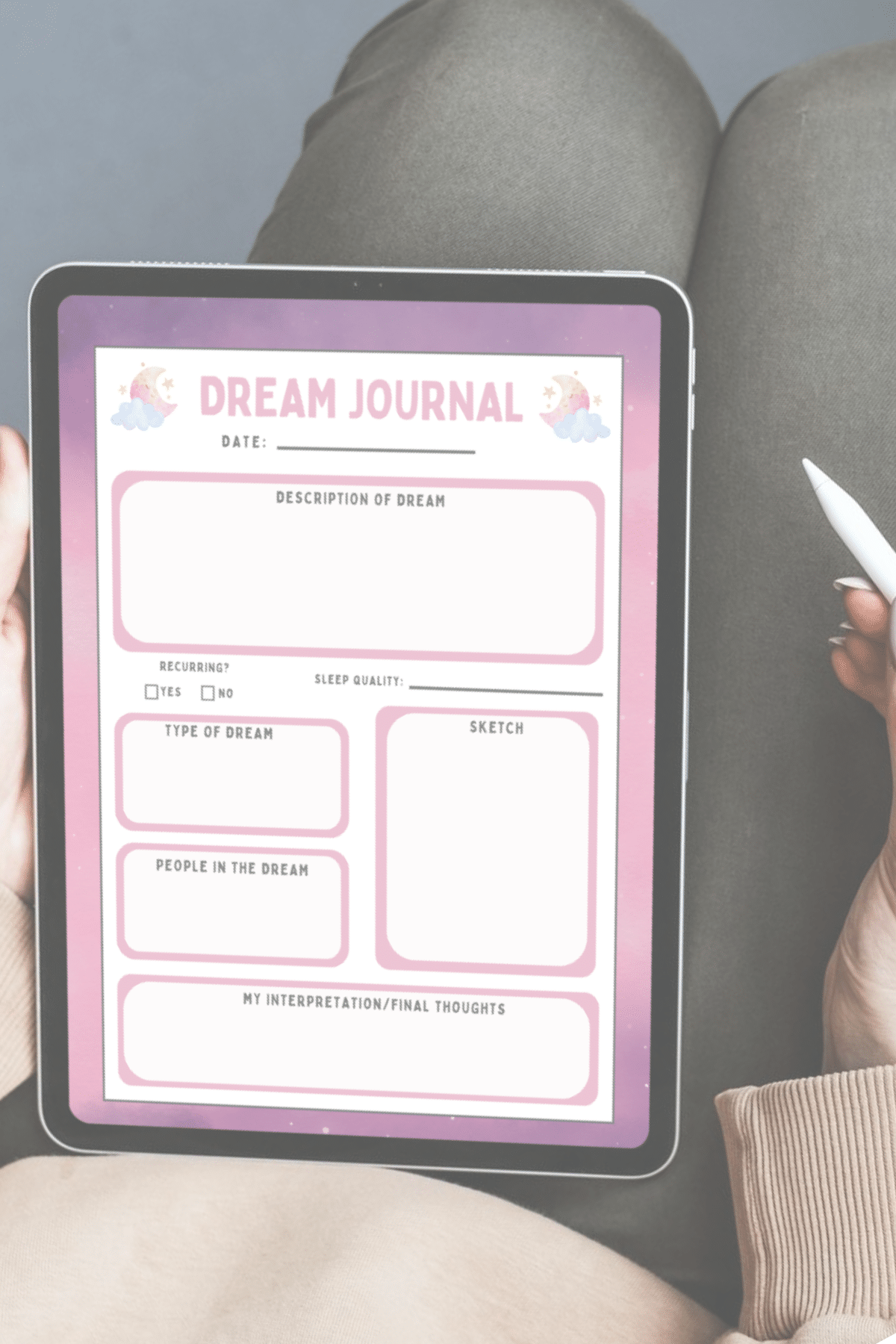







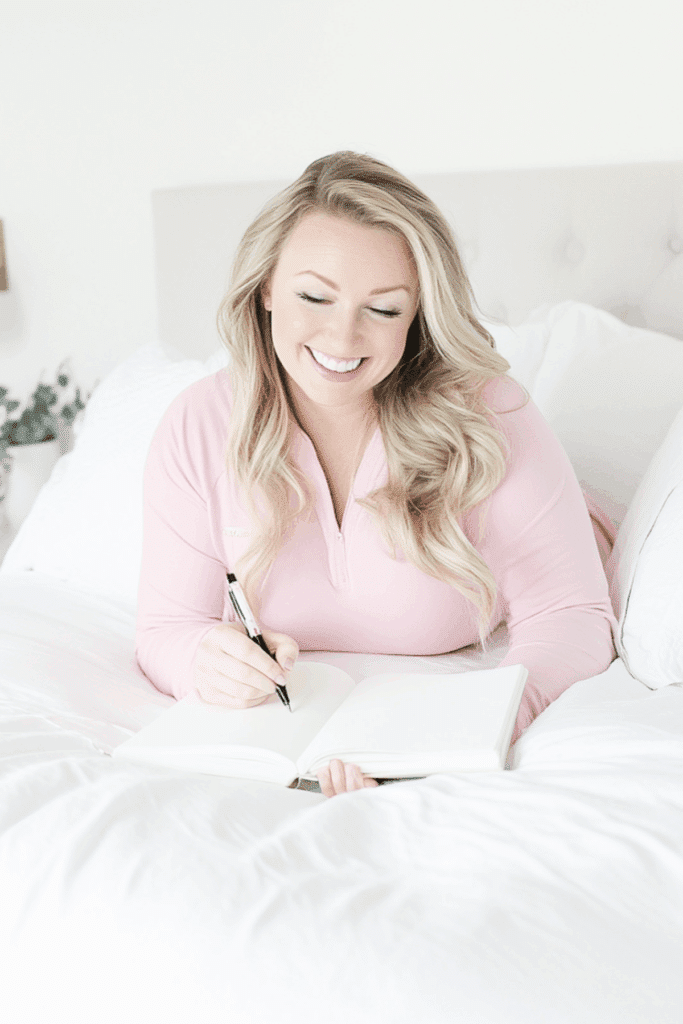













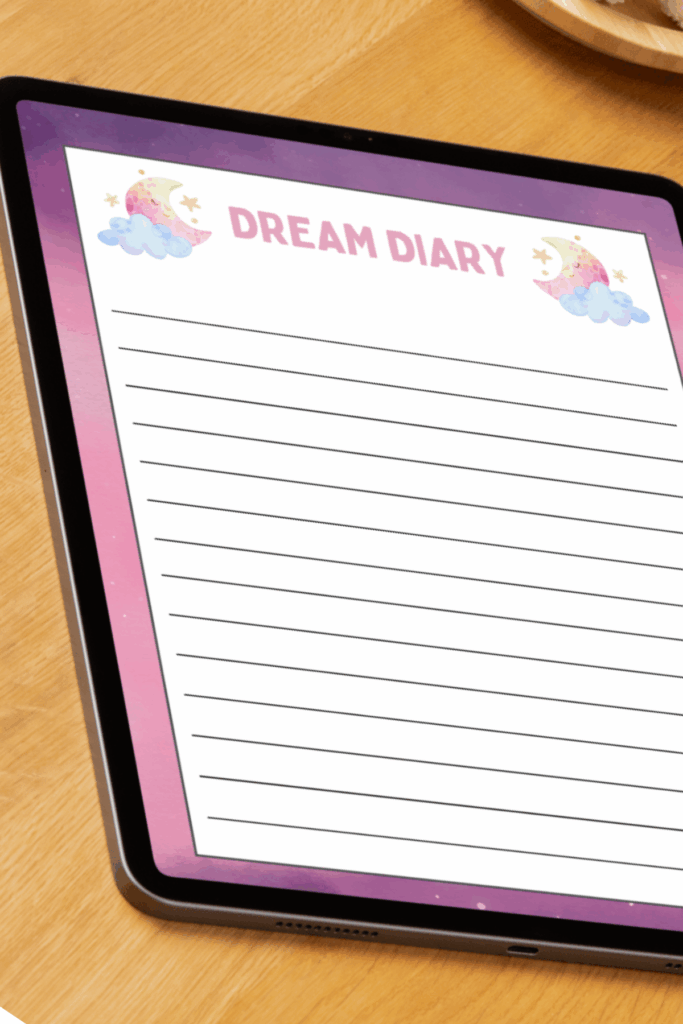










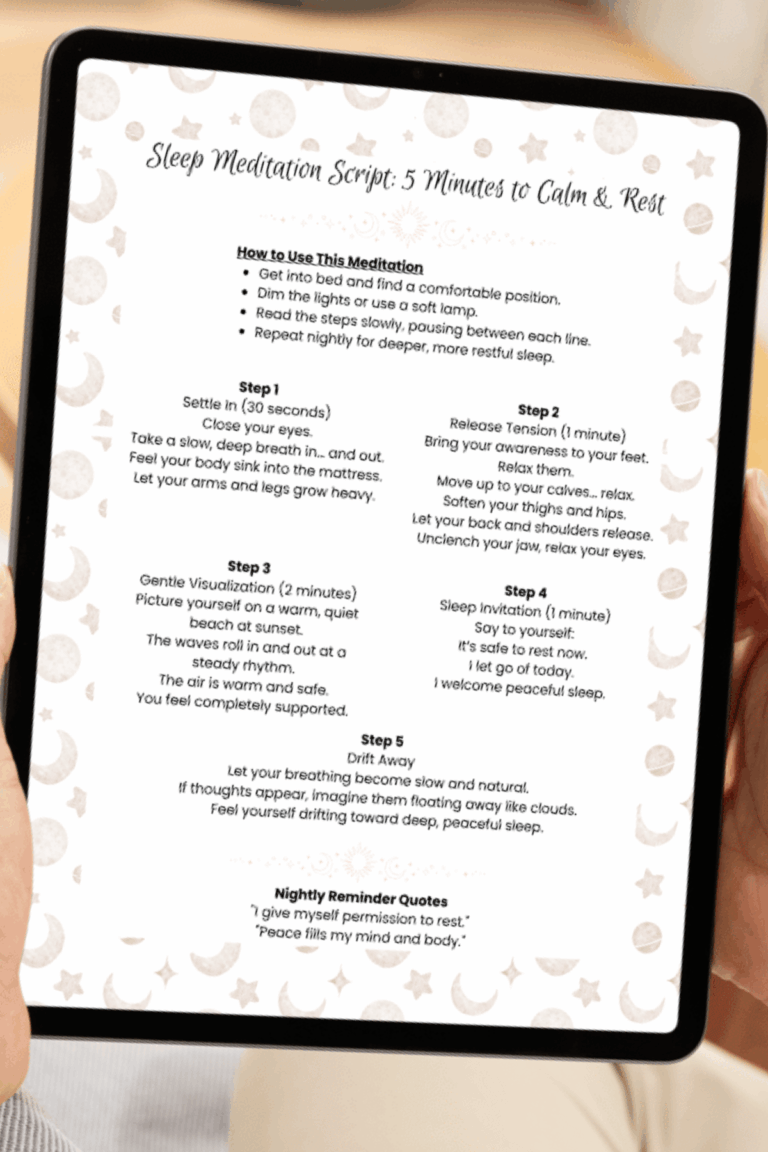
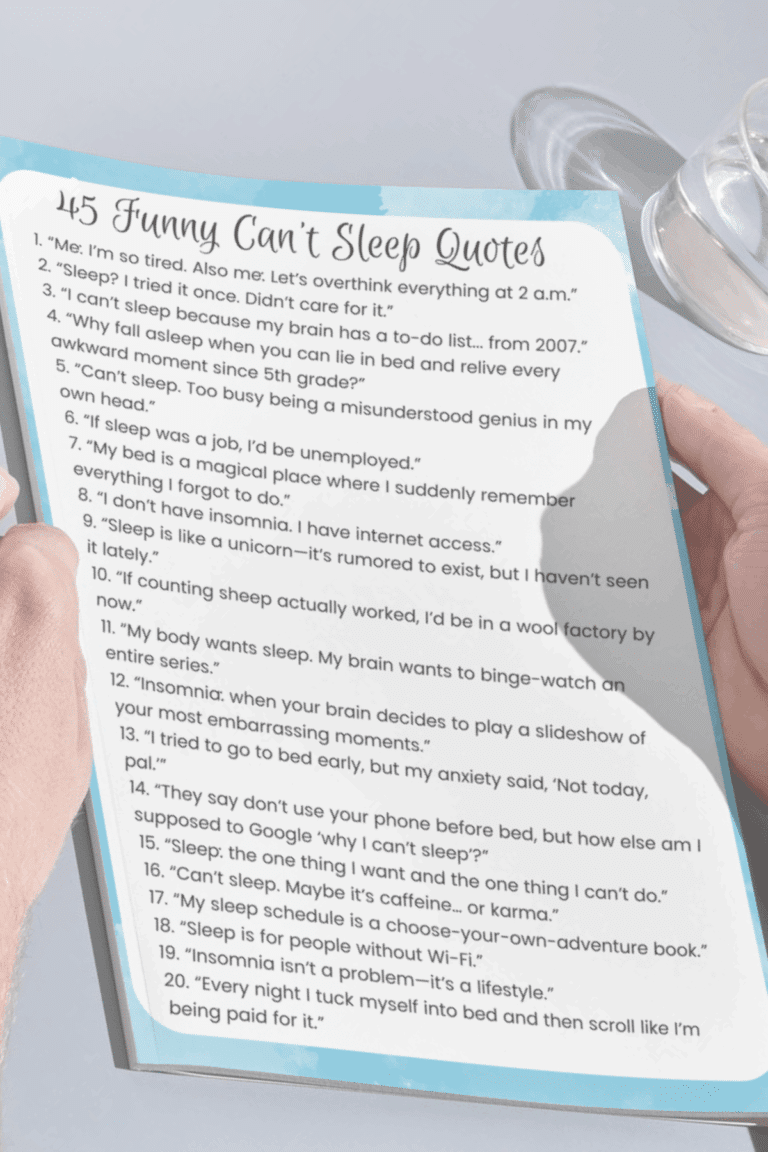
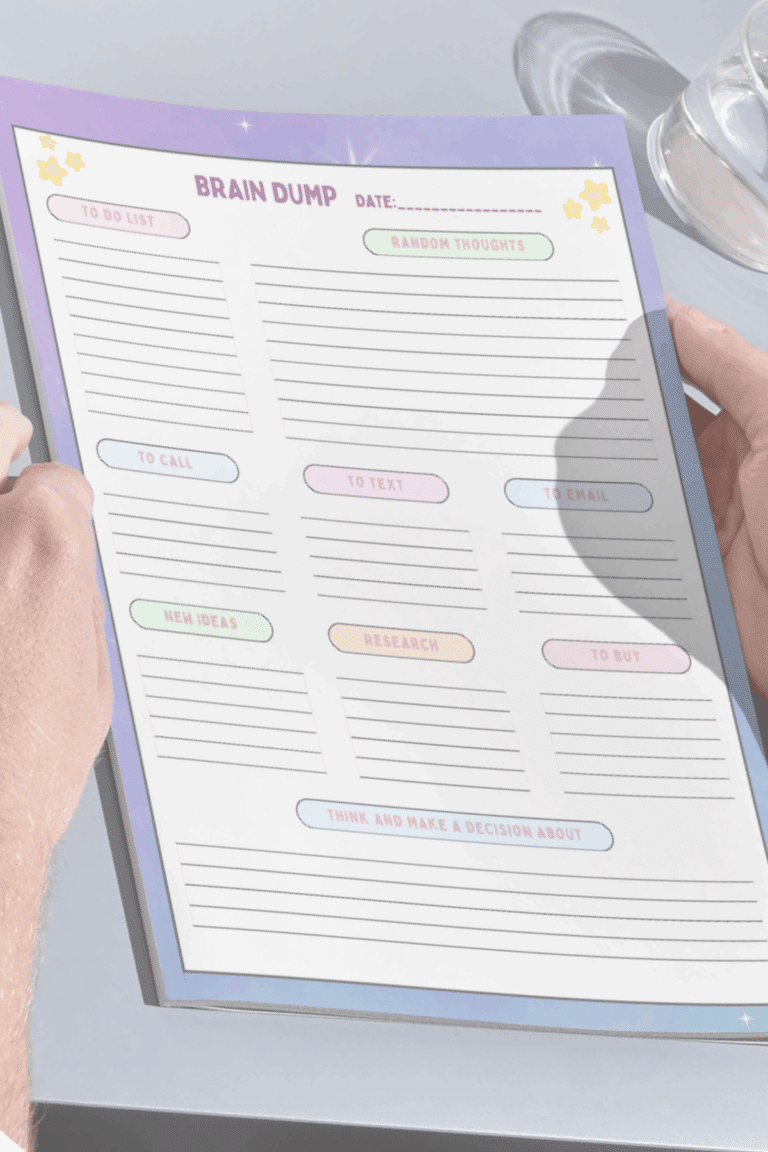
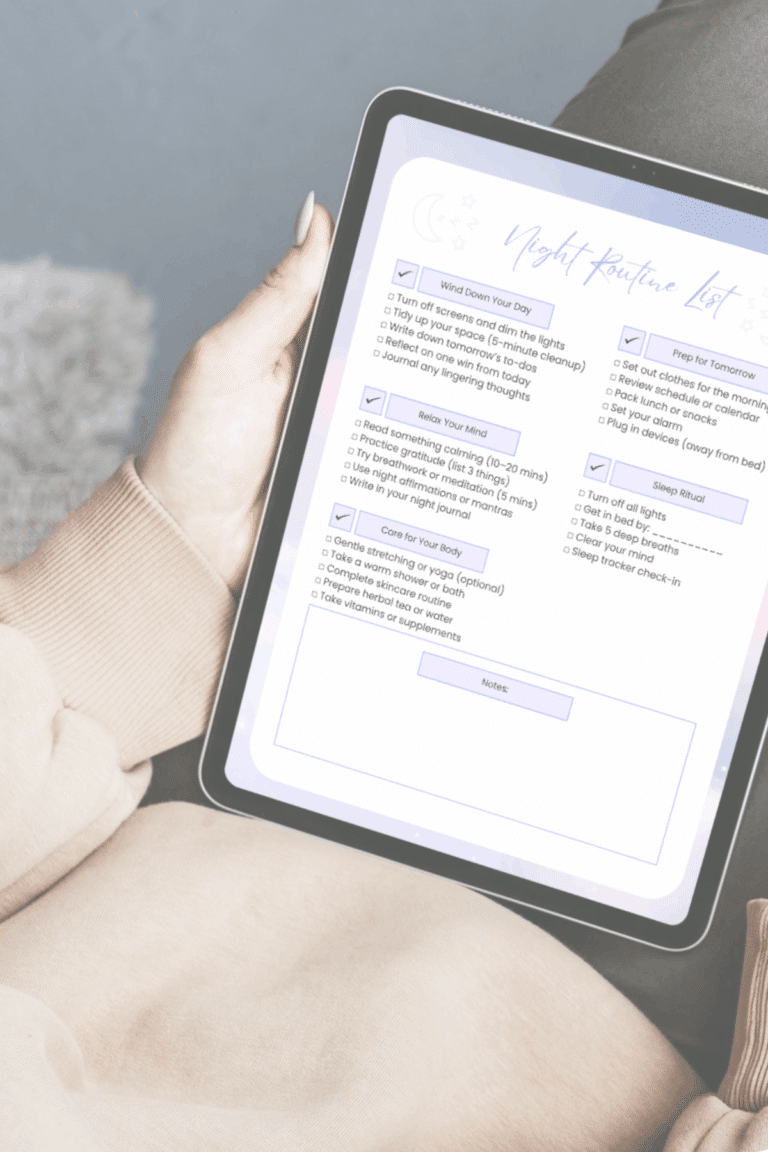
Smart idea, I had never heard of a dream journal before. Thank you!
These are great tips! Every morning my dgt shares with me her dream. Thank you for offering a free printable to us track and record these moments.
What a good idea to have a dream journal for tracking dreams. I appreciate the tips for how and when to use it. The no pressure approach is very appealing as well.
I love the idea of using a dream journal for tracking dreams! Thanks for explaining how your system works and giving all the tips–especially about how your morning routine impacts it.
Thanks for introducing us to this great idea of a dream journal! I enjoyed finding out more about why and how to use it. Very helpful to include a free printable!
Hi Hadassah!
You are most welcome! I’m so glad you like the free printable dream journal and enjoy using it!
Sweet dreams!
Debbie
Having a dream journal sounds like a fun idea. Thanks a lot for the recommendation!
When I was in college, I noticed I used to get a lot of dreams where I missed an assignment or missed a class session, or forgot to show up for a class the entire semester. I learned those are called stress dreams. Therapy and medication really helped with those dreams. I still get one or two of those types of dreams from time to time, but not as much as I used to before treatment.
These days I dream a lot but a dear friend of mine. I don’t get to see her often. We mostly text each other. I’m guessing when I dream about her it means that I miss her!
I get a lot of interesting dreams though! I’m really interested in learning more about my dreams, so I might just start dream journaling! Thankyou for this post!
Hi Charli Dee!
Thank you for sharing all of your experiences with dreams. It’s interesting to look back on our dreams and see what’s been happening over time. I hope you’re able to try dream journaling and enjoy it!
Sweet dreams!
Debbie
This is such a good printout to have! Sometimes when I dream, I forget to write it down right away, and later the details are gone. Having something like this makes it easy to jot them down right away before they slip away. I love that it helps keep track of patterns and connects dreams with overall well-being.
Hi Ann!
I’m excited you like the dream journal free printable! I hope you enjoy using it!
Sweet dreams!
Debbie